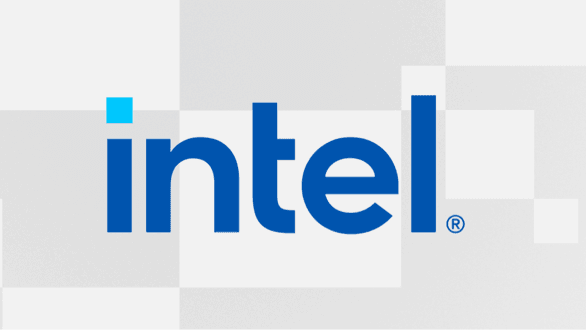I was an honest believer in Pat myself; but he also had a lot of execution issues too that shouldn't have happened:
- 13th and 14th gen CPU reliability issues; why did it take so long to acknowledge the problem with customers and a year from initial detection to any kind of resolution?
- Arrow Lake launch; underperforming, reviews not matching internal data. Fixes only coming 5 months after launch.
- 20A cancellation (if his products were selling well enough then 20A would have been justified)
- Intel ARC, terrible launch (though it was under way just as Pat was joining and Raja fumbled this hard), and Battlemage is a bit too slow of a burn vs. the potential market
A lot of brand tarnishing here unfortunately, so even I've gone from "love Pat" to "uhh.. you should have done a lot better". I think he should get credit for fixing the server product pipeline ("not broken anymore") and for getting Intel successfully WELL past the 10nm debacle, but .. there's a lot of pain too.
Except for Intel 20A cancellation (which affects the direction of the company), the other stuff you mentioned are usually dealt by the heads of those verticals. CEO is there to set the strategy of the company and drive the company towards that goal. They don't deal with day to day executions. All of this is why I believe Michelle (the current Product CEO who was running CCG under Pat) should be the one who needs to be fired. Of all the criticism of Pat, I agree that he was too nice and should have fired a bunch of people for mishandling these things you highlighted.
But 13th/14th gen issue was a very difficult issue to root cause based on what I have read and Tech media jumped on it and over sensationalized it. GN especially with the nonsense about via oxidation etc. Again CCG!
IMO, ARL is not a bad product, it is a competitive product vs Zen 5 vanilla. Releasing arrow lake without an x3D competitor was a blunder. Again CCG!. Now there are rumors they are going to launch arrow lake refresh this year (some rumors indicate only K SKUs and HX SKUs will be refreshed). If there is no x3D competitor and no fix for cache\memory latencies, they are going to fail again in gaming. But ARL should sell well in Notebooks (consumer + commercial) and Desktops (commercial) due to Perf/watt improvement over RPL.
I don't have an answer for cancellation of 20A. Intel claims they saved money with this decision. After that Intel 18A got a bit nerfed on performance in Intel’s slides (previously 20A was 1.15x Intel 3 perf/watt and Intel 18A was 1.1x 20A which changed to Intel 18A is upto 1.15x Intel 3) and people claimed that 20A actually became 18A and OG 18A became the 18AP. Who really knows? Important thing is when Pat took over, Intel was on 10nm and AMD was on TSMC N5/N4. Now this year because of Pat's focus on 18A and node process leadership, Intel will be on 18A and AMD will be on N4\N3. That is a huge achievement if 18A’s paper performance shows up in real world product performance.
Also let’s not forget the Lunar Lake’s success, Lunar lake kind of saved x86 against Qualcomm's Windows on ARM threat for now and Battlemage is huge success too. So lets not forget the wins too.
Look, I am not saying Pat Gelsinger was the perfect CEO. He was not, he was dealt a bad hand and did the best he could and made a bunch of mistakes & achievements on the way. Dude had a good thing going in VMware as CEO after turning things around there, he was voted as the Best CEO during his tenure there. He could have comfortably retired in there. But he chose to come back to Intel to help turn things around believing God chose him for this role. He had a bold strategy and did a good job (imho even though he got shit from investors along the way) as I firmly believe Foundry is the future for Intel (not the design house, as x86 is being disrupted on all fronts). That's admirable imho.
Last edited:


